Photo





She put her poodle one time in a microwave oven.
To eat it?
Yeah.
To eat it?
Oh, no. NOnoNOnoNOnoNOnoNOno, silly! To dry it. But it exploded. And they were bothfounddead. She must have been–
–Out. Of. Her. Head!
POSSIBLY IN MICHIGAN
dir. Cecelia Condit
2K notes
·
View notes
Photo




Cybernetic Serendipity (ICA) - Late Night Lineup (1968)
Short doc covering the important exhibition at the ICA London on the emerging field of tech art:
youtube
Curator Jasia Reichardt introduces the ‘Cybernetic Serendipity’ exhibition at the Institute of Contemporary Arts in London in 1968.
From the show’s press release: “Exhibits in the show are either produced with a cybernetic device (computer) or are cybernetic devices in themselves. They react to something in the environment, either human or machine, and in response produce either sound, light or movement” http://www.medienkunstnetz.de/exhibit…
More information about Cybernetic Serendipity:
http://en.wikipedia.org/wiki/Cybernet…
http://www.medienkunstnetz.de/exhibit…
Link
138 notes
·
View notes
Photo




Victimless Leather (2004), TC&A
“Victimless Leather is grown out of cell lines that form a living layer of tissue supported by biodegradable polymers in the form of miniature stitch-less coat-like shapes.”
59 notes
·
View notes
Text
Bioart in comparison to Artificial Life art
Before exploring more works of the bioart category, I had just assumed that the works only incorporated biological imagery. I wasn’t completely sure why I was shocked when I discovered Oron Catts’ and Ionat Zurr’s Victimless Leather (2004), in which manipulated human and animal cells were used to create a stitchless leather jacket. This form of art breaks boundaries between science and art, allowing artists to conduct experiments themselves.
Then I considered bioart in light of artworks that involve artificial life. To me, my mind initially goes to AI and cyborgs, but also counts more organic creations as well. Therefore, in a way bioart and artificial life art are similar. However, a key characteristic found in bio art is its direct use of live organisms, tissue, biotechnology, or biological imaging, whereas artists using artificial life tend to devise their creations as fantastical imaginaries. An example of this artificial life art would be Technosphere (1995).
On the other hand, I can see how bioart can appear to be artificial life art and vice versa. Victimless Leather, when presented in a different context, could be seen as artificial life, but the reverse could not be said for Technosphere.
0 notes
Video
vimeo
For my latest project, I wanted to focus on ways religion could still be present and possibly even more dominant in our future. Religions already effect the way societies run. They effecting people’s key beliefs and prejudices towards race, gender, or sexuality” even more so if people are in times of desperation.
What I wanted to do was create a fictional rendering of this bleak almost apocalyptic future in which a new creed disparages racism, sexism, etc. The one depicted in the video refers to humanity as unisex or post-race,gender, etc. Of course, there would be benefits and drawbacks such doctrine, but I was mainly exploring its possibilities of shaping a progressive society.
This work drew a lot of inspiration from apocalyptic sci fi films as well as video games. The fake video blog comes from an individual from the year 2098, where the world is ravaged by political outbreaks and natural disasters.
0 notes
Text

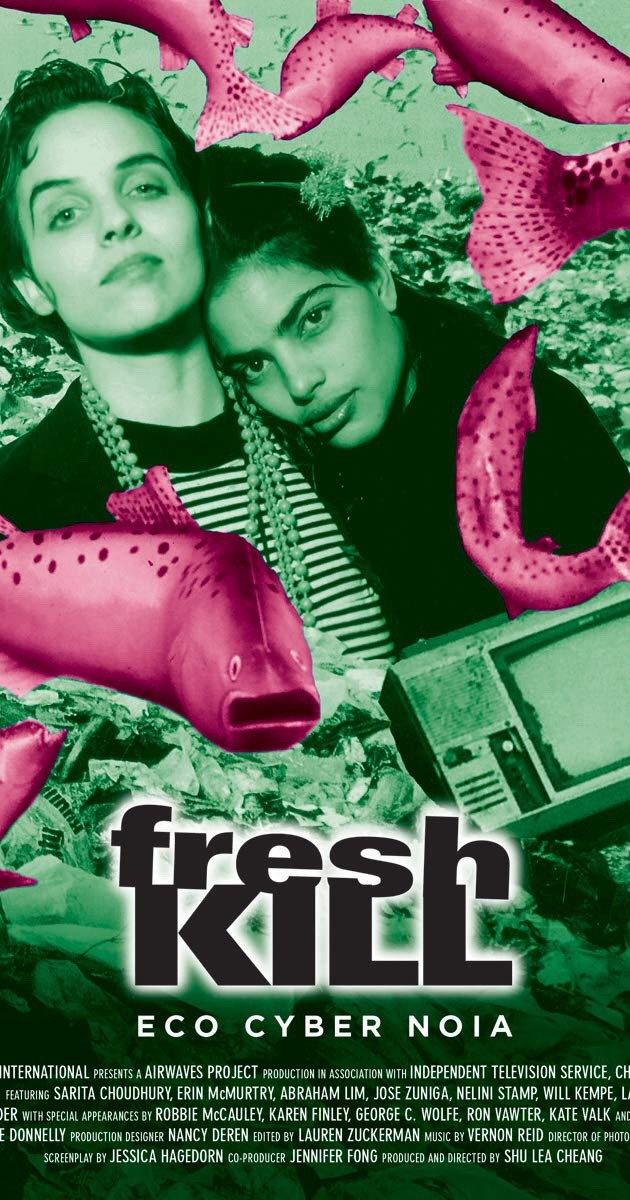

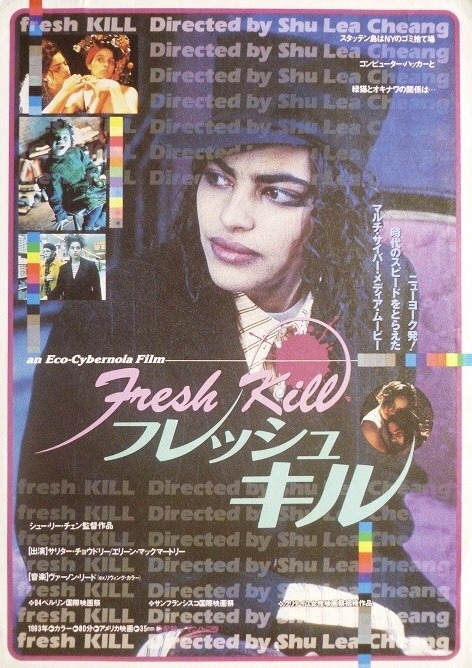

Fresh Kill (1994), dir. Shu Lea Cheang.
Shareen Lightfoot and Claire Mayakovsky are lovers living in New York. There they try to cope with all the filth, noise pollution, and chaos. Shareen owns a garbage-clearing business, while Claire works in a sushi bar, Naga Saki, in Manhattan. When not working, the two try to educate their daughter. The lovers are appalled when they discover that the ubiquitous GX Corporation, which floods the airwaves with it’s motto: “We Care,” is selling deadly cat food. Trouble ensues.
102 notes
·
View notes
Text
In the Mood for Love - Thoughts on using repetition in video/film
Is repetition necessary for authenticity? How many times must one experience something for its effects to be considered genuine? Whether or not intentional, when rewatching this film I felt that Wong Kar-wai addresses both questions his 2000 romance film.
Wong Kar-wai’s films are known for its heavy use of mise en scene and cinematography. For some film enthusiasts they see his films as being overrated but personally, for me, his work greatly influences how I wish to continue my video practice.
In this film, I found that the theme of replication is frequently recurring and helps create a world that is fantastical yet grounded in disheartening reality. Therefore, the relationship between Mrs. Chan and Mr. Chow, which is shown as special and entrancing, is in truth, unstable and imitative. I especially found the use of mirrors to be effective in evoking this temporality.
Their intimate moments are shown in mirrors, as reflections. Having the scenes play out as reflections elicit an awareness of their emotional distance from the viewer without the characters themselves needing to speak of their hesitancy. It also rouses the question of whether their developing relationship will ever become something real. The mirrors may also suggest that ultimately, repeating their interactions may not be sufficient; their love may only exist within a temporary world.
1 note
·
View note
Photo



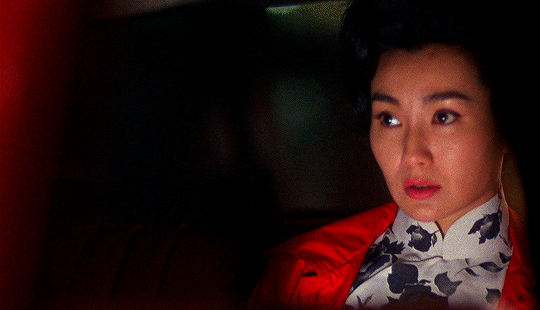
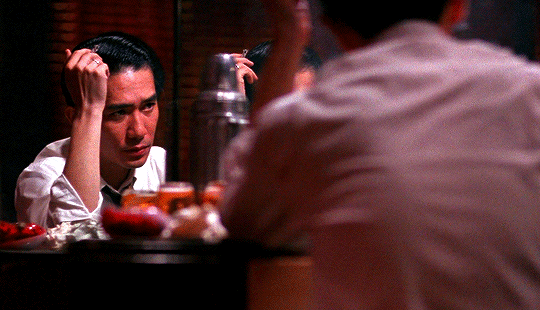

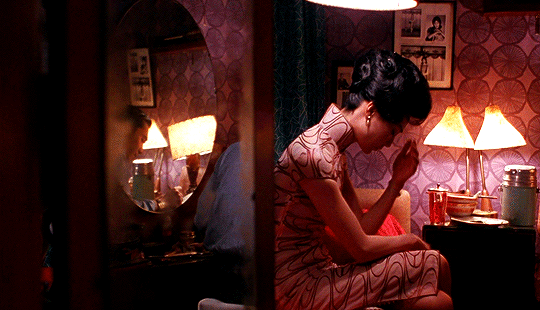
You notice things if you pay attention.
In the Mood for Love (2000) dir. Wong Kar-wai
4K notes
·
View notes
Photo









“I see them welcoming you, Mata. I see them feasting with you. And when they ask you Mata, tell them you’re Mata, Mother of the Exiles. Tell them we are all coming. Do not impose christianity on them, Mata. Do not impose the nation states on them.”
From the film Afronauts dir. Nuotama Bodomo
360 notes
·
View notes
Photo


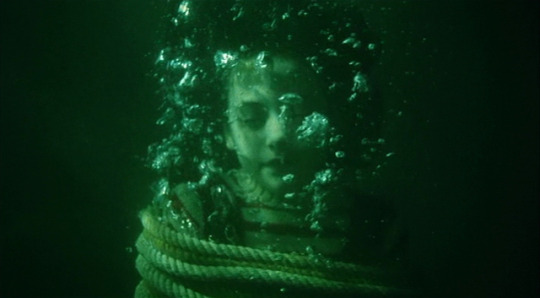





City of Lost Children (1995) directed by Jean-Pierre Jeunet
1K notes
·
View notes
Video
vimeo
A video I made for Thesis: for best experience, please see on your phone.
0 notes
Photo




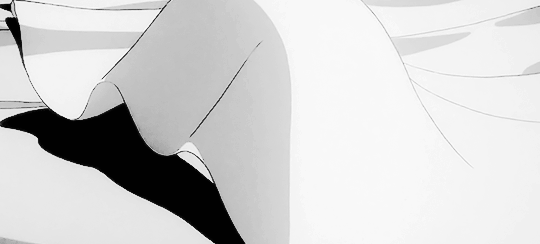

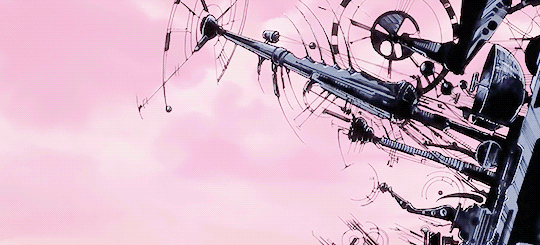
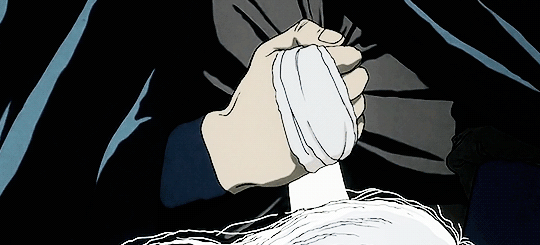
And maybe, I didn’t know from the beginning where I am going.
Angel’s Egg (Tenshi no Tamago) [1985]
4K notes
·
View notes
Text
Comparisons I’ve made
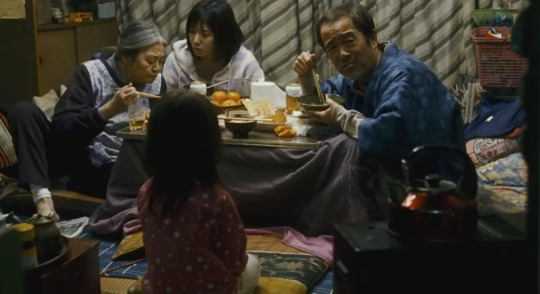

Seeing as how Kore-eda Hirokazu’s film Shoplifters was released in 2018, I always found it interesting that Bong Joon Ho’s Parasite won the Palme d’Or the year after. By all means, this order of events was probably a coincidence, and since I watched Kore-eda’s film first, I found the differences between the two to be very easy to pick out.
Both are critiques on society, of economic disparity, yet the directors approach the matter in very opposing ways. One film leaves a bitter taste in your mouth as you leave the theater and the other induces a sort of melancholy that still leaves room for hope. While both films are centered on poor family of misfits, Shoplifters seems to end on a more positive note. It delves into how familial ties can be formed even in the bleakest circumstances; each family member has their own issues to deal with, yet the imperfect band eventually learns to cope with their situations and each other, despite their imperfections.
The film is centered more on interpersonal relationships. We focus on the interactions between the characters more so than the overarching theme of economic inequality. We see the makeshift family find happiness in each other despite their situations staying the same.
For the characters in Parasite, this seems unattainable. Each family member seems to have a veiled ambition that had taken them to extreme ends. Would the Shibata household undergo similar actions given the opportunity? Maybe. However, the fundamental difference between the two families is their blood ties or lack thereof. Throughout Shoplifters, the characters gradually attain a level of happiness and companionship despite being strangers to one another. The Kim family are already a family and already seem to have strong bonds: evident in how all the members worked together seamlessly when trying sabotage the Parks. If the Kims weren’t as close with one another, it would be hard to imagine all of them being hired by the Park family.
It is the way the directors set up these two families that reveal their intentions of the film. The Kims are in it together from the start, eager to escape their basement in any way possible. The Shibatas are also eager to advance in society, yet they try to do solely on their own. It is easier to construct a dramatic narrative between the rich and poor if there are clear groups of individuals that represent the two ends, ie. Parasite.
I also can’t help but wonder if the cultural backgrounds of the directors led them to make such contrasting films. Being Korean myself, I am well aware of how the majority of Korean films end in a grim or tragic manner. One’s goals, aspirations, or hopes can only be found in the middle or the beginning of the plot. I have not watched as many Japanese films to make any judgements, so this is only a burgeoning curiosity of mine. . .
3 notes
·
View notes
Photo
Finally rewatched this film again. Literally one of the best uses of mise en scene Ive seen in films.
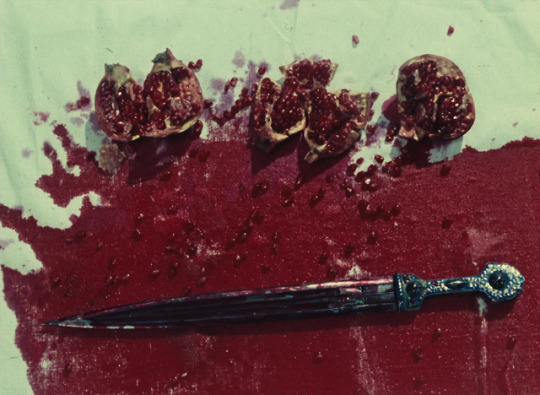



The Colour of Pomegranates | Sergei Parajanov | 1969
1K notes
·
View notes
Text
Female Presence in Video Games
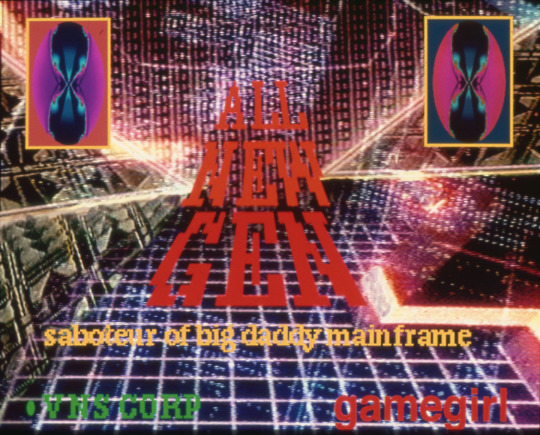
From the dawn of time, I think society came to consider the technological world, thus the gaming realm to be male-oriented. The primary reason for this viewpoint is, of course, because the space is male-dominated. The directors and creators of our favorite games, which influence pop culture, are all men.
However, lately there have been more women in the gaming industry, resulting in games with female protagonists: Walking Dead, The Last of Us, Mirror’s Edge, Tom Raider, Silent Hill, Resident Evil, etc. However, the persisting exclusion and hostility towards women in this field still results in a mindset that girls shouldn’t play games. Moreover, since previous narratives including female characters have mostly been written in a male perspective, there may have always been disconnect for those girls who did play games. Individuals like myself could not relate to or want to be the portrayed characters.
What I found interesting was that artists since the 90s recognized this issue. The VNS Matrix in particular even went out of their way to create an actual video game that critiques this male bias. I think, especially in the 90s, this overwhelming machismo of gaming was probably more prominent, which makes their piece, ALL NEW GEN, all that inspiring and ahead of its time. Not only was the game’s backstory and focus on female evolution and power, but it also focuses on female pleasure; another topic that often gets sweeped under the rug or never discussed about.
Nowadays, games aren’t really male-oriented. The ones that require narrative, such as rpgs, the player is often gender-neutral or one can choose to play as a female character. However, those are still often associated with male players.
Personally, I believe that a combination of more female players and a more tolerant and accepting attitude from male gamers is the key to diminishing this mindset that games are for boys.
0 notes